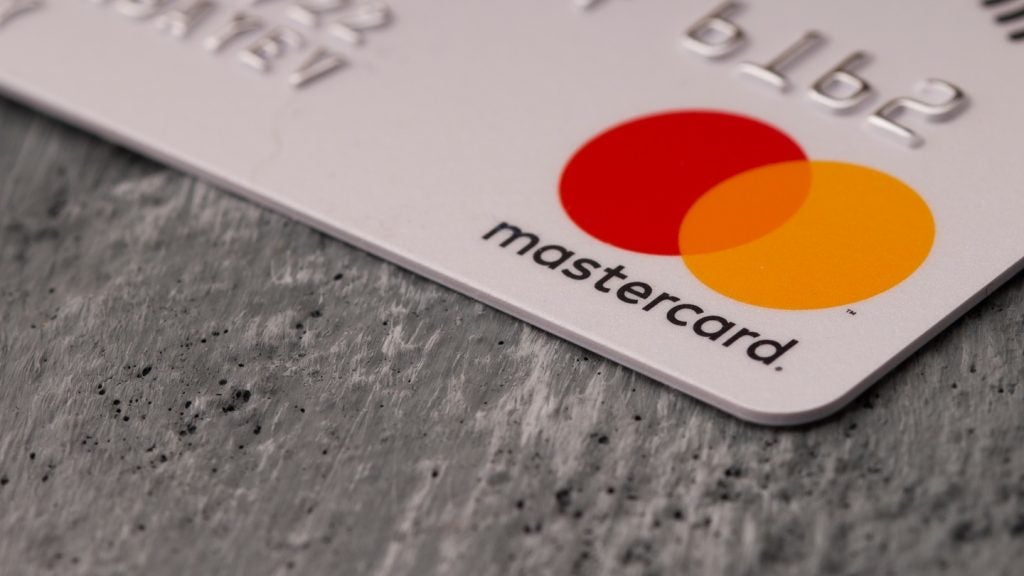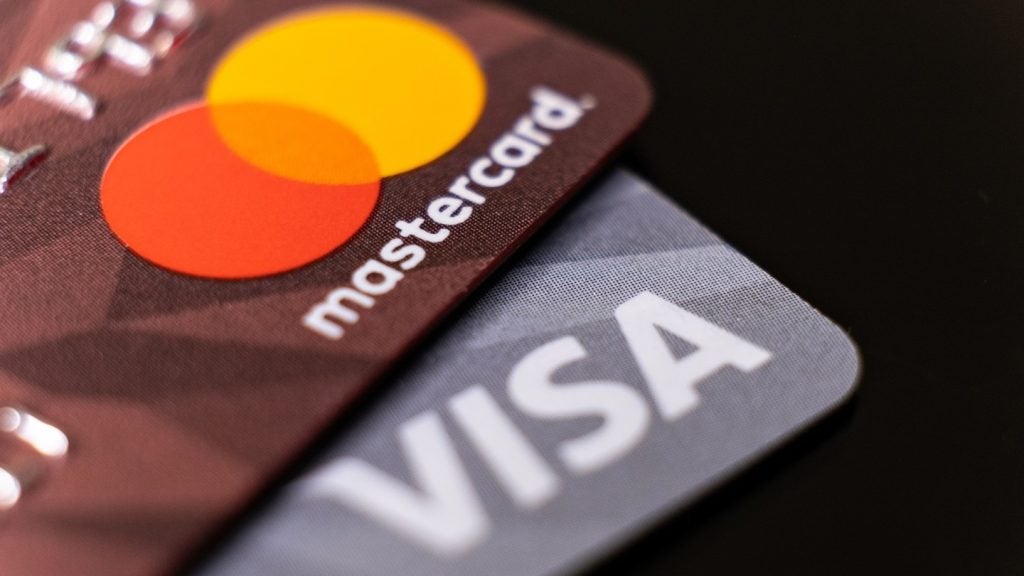South Korean consumers are prolific users of payment cards, and the market is mature and well developed. Market focus has recently shifted from products to channels and services, and non-bank companies – telecoms and mobile companies in particular – are looking to compete with more traditional operators
South Korea has long been a well-developed payment card market.

Access deeper industry intelligence
Experience unmatched clarity with a single platform that combines unique data, AI, and human expertise.
Korean consumers are among the region’s most prolific users of payment cards, with a frequency of use of 63.3 per card per year – higher than Singapore with 40.9, Hong Kong with 28.0, Japan with 13.4 and Taiwan with 12.6.
Between 2011 and 2015, South Korea’s payment card market changed rapidly, with the focus of innovation shifting from products to channels and services.
Although issuers continue to develop new products, this tends to be little more than fine-tuning and modification of existing products.
Strategies such as personalised card designs and segment-specific promotions and benefits have increasingly been used over the last five years.

US Tariffs are shifting - will you react or anticipate?
Don’t let policy changes catch you off guard. Stay proactive with real-time data and expert analysis.
By GlobalData
Telecoms and mobile push contactless
Growth in contactless mobile payments (m-payment) is expected to accelerate in South Korea, as telecoms and mobile operators actively promote contactless technology as part of efforts to improve the user experience and retain customers.
These companies are increasingly striving to position themselves as competitors rather than service partners to payment companies: Major handset manufacturers such as Samsung and LG, and telecoms operators such as SK Telecom have all launched contactless m-payment solutions.
Samsung launched the Samsung Pay m-payment service in South Korea in August 2015; transactions worth $1bn (KRW1.2trn) have since been made using the service.
Similarly, LG introduced the LG Pay contactless m-payment solution in November 2015, allowing users to make payments using LG smartphones.
SK Telecom launched its T-Pay contactless m-payment service in March 2016, and has already registered more than 100,000 subscribers.

Regulation and data security breaches
The South Korean credit card market was deeply affected by security concerns raised by leaks of credit card customer data between 2011 and 2015.
In January 2014, the FSS announced that the information of 20 million credit card users had been stolen by a temporary employee at the Korea Credit Bureau.
In a separate incident in April 2014, the FSS announced that hackers had stolen the personal data of 200,000 credit card users, using some to make fake cards to transact around $113,859.
The regulator ordered all credit card companies in the country to upgrade fraud detection to prevent similar data thefts.
In addition, the government also enforced stringent regulations to curb rising credit card debt and illicit marketing practices.
The Korean financial authorities and card issuers developed the Best Practices on Issuance of New Credit Cards and the Setting of Credit Lines in October 2012, limiting the eligibility of new credit card subscribers to adults with certain minimum credit ratings (grades 1–6), and making it mandatory to consider the cardholder’s disposable income when establishing a credit line.
Issuers are also required to periodically monitor cardholder statuses to ensure compliance.
Growing e-commerce market
The combined e-commerce transaction value in South Korea stood at $29.7bn in 2015, registering a compound annual growth rate of 15.44% over the last five years.
E-commerce growth in the country provides significant potential for payment cards, as it continues to be the most-preferred payment method among online shoppers.
To capitalise on this, card issuers are offering new card features with enhanced security measures.
For instance, KB Kookmin Card, in association with MasterCard, launched a virtual credit card number scheme called SecurePay in September 2014.
This protects users against personal information theft by giving a virtual credit card number instead of a real one when the consumer makes a transaction with an online retailer. All KB MasterCard users can use the service free of charge.
Subway virtual stores have also emerged as an important e-commerce market driver. Virtual stores were introduced in 2011, which display products such as food, electronics, office supplies and toiletries at subway stations with barcodes which customers can scan with a smartphone; the products are then delivered to their homes.

Prepaid offers growth prospects
Prepaid cards in South Korea registered constant growth between 2011 and 2015. The cards are often used to pay for transport, admission to tourist sites, shopping, accommodation, and gifts.
In South Korea, prepaid gift cards are popular during holidays, or at weddings or birth celebrations, and are generally viewed as an attractive alternative to cash.
Government organisations are pushing the growth of prepaid cards. The Korea Tourism Organisation offers the Korea Pass card for foreign tourists in Korea, allowing them to load up to $442.10 for use on subways in various cities, accommodation, and entrance fees to popular destinations.
The South Korea transport authority offers the well-known contactless T-Money card, which is used on transport networks around the country and also in stores. It permits swift reloading of credit through automatic recharging machines at subway stations, and also at convenience stores for less than $1.30.
A key growth driver for gift cards was the introduction of digital gift cards with standard or customised designs. Digital gift cards were introduced by Home plus, the Shinsegae department store, and e-mart.
Korean retailers partnered with HID Global to introduce customised designs, which could be ordered online. HID installed printers and systems in retail stores, allowing customers to personalise cards with digital files.
Digital gift cards have remained popular, and are expected to remain an important driver of the prepaid card market over the next five years.







